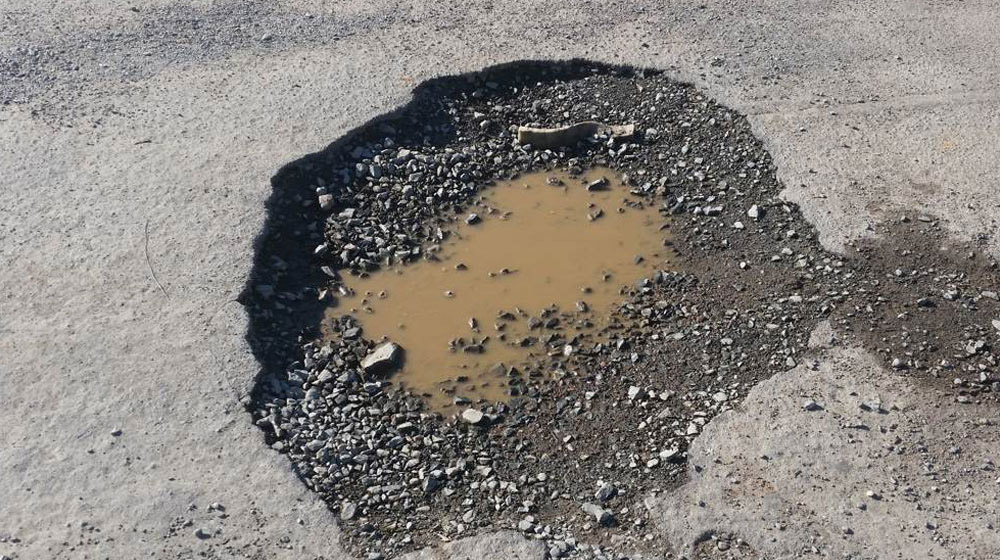
Potholing as a distress mechanism is generally circular in shape, developing within the wheel paths in areas of where waterproofing has been compromised, consequently leading to moisture ingress.
This form of distress is commonly associated with pavements that are characterised by an unbound base course followed by a thin asphalt or spray seal surfacing where the loss of waterproofing is generally a result of:
Where this moisture ingress occurs, not only does it reduce the interlock potential of the underlying base gravel but it leads to the development of pore-water pressure within the material under repetitious wheel loading, effectively pumping and pushing the gravel and in turn reducing the level of compaction and loosening the material which is often distributed across the road surface.
Whilst there are a number of measures to reduce the likelihood of potholing, the key factor is to ensure adequate drainage is maintained throughout the pavement’s life cycle.
Alternatively, if the maintenance is costly (which is often the case on rural road networks), the use of bound materials in the base course can reduce the likelihood of potholing. This is due to the fact that the binding agent, whether it be polymer, cement or foam bitumen provides additional resilience to moisture and is known to reduce the pumping like distress generated from the pore-water pressure.
Where the extensive potholing is not maintained or corrective action isn’t undertaken, it can result in significant safety issues (particularly in high speed environment) and accelerate the rate of deterioration in the surrounding pavement.
Typical methods of pothole repair include:
The anticipated success of each pothole repair depends on a number of things including the workmanship, material quality and the extent of the surrounding distress.
GRT4000 is a revolutionary polymer solution used to repair a wide variety of road failure types from filling small potholes to large continuous patches. Repairs can be made in granular pavements with a variety of different surface treatments and can be engineered as temporary or permanent repairs.
Additionally, it is the only consistently successful approach to patching in unsealed roads.
Saving time, money and resources GRT4000 is mixed with water and locally available granular materials, the existing in situ pavement, or manufactured road base. The polymer is added to the “squared up” damaged area where it bonds with the surrounding material, creating a semi-flexible and water-resistant patch proven to last as well as the original road.
Areas repaired with GRT4000 are more cost effective than traditional patching materials, whilst still being resilient and semi-flexible. Achieving full strength quickly, the treated area remains intact and stable through extreme weather conditions, including heavy rains and high-temperatures.
Best of all, roads repaired using GRT4000 can be used almost with minimal delays after the repair has been made, minimising disruptions to road users and improving maintenance productivity.
For more information on Global Road Technology or The Common Pothole – Causes and Treatments please Contact GRT.
Are environmental regulations, health and safety concerns or potential profit loss a concern right now?
Contact Us Now